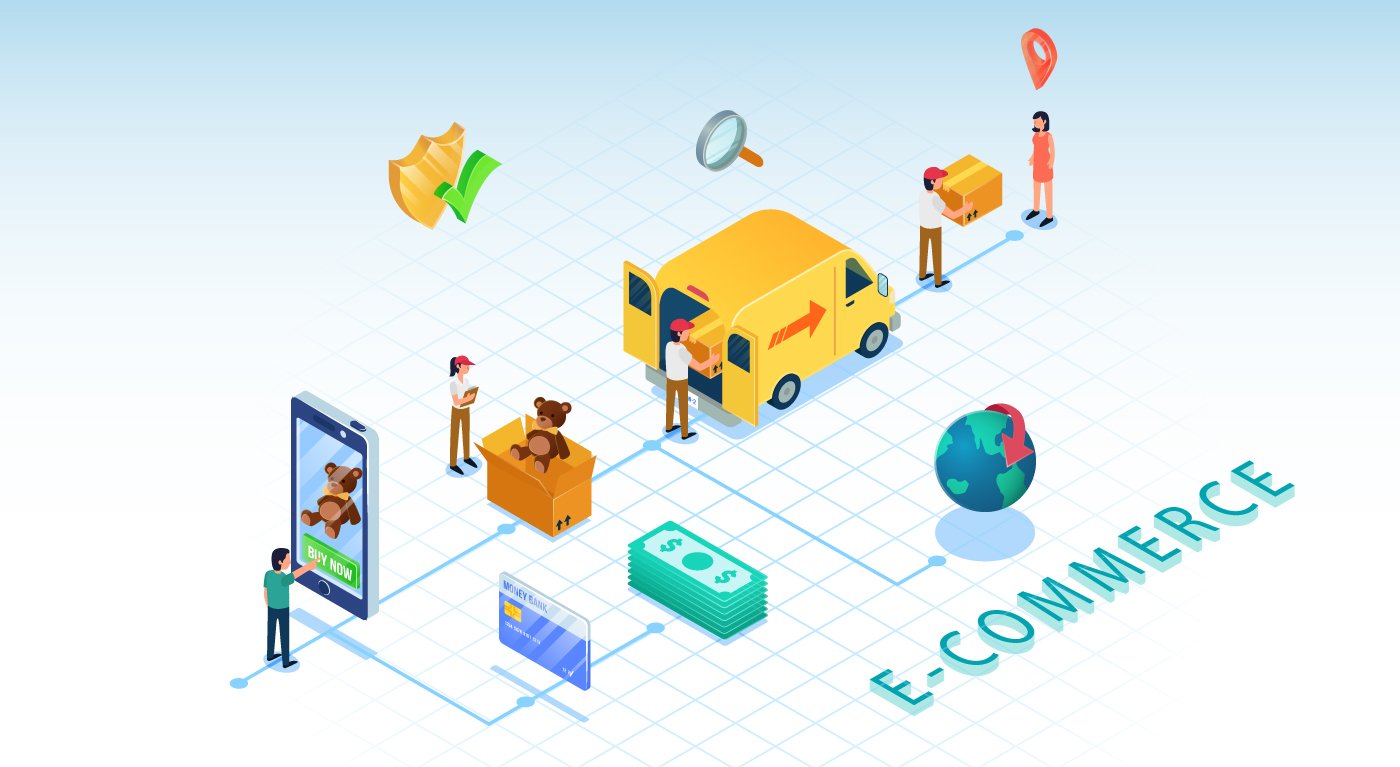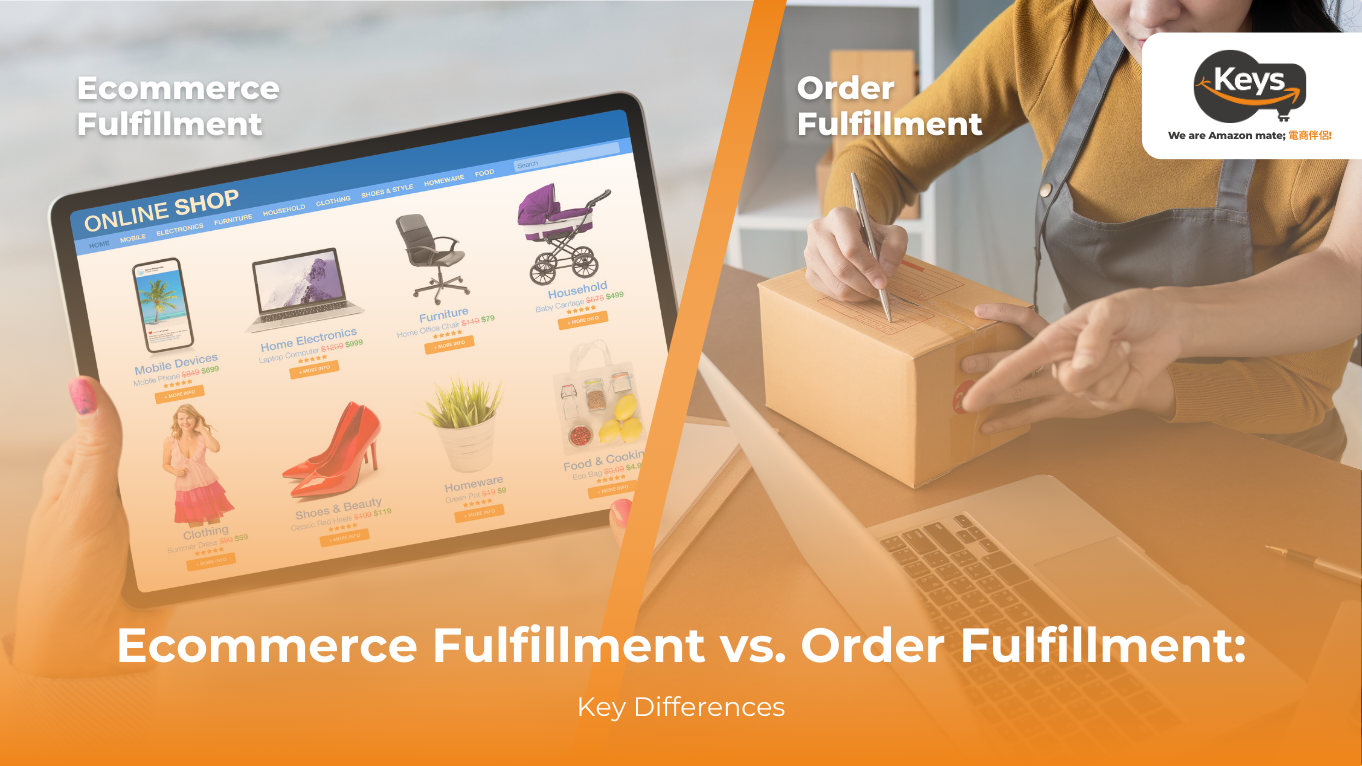Understanding the distinction between ecommerce fulfillment vs order fulfillment is crucial for businesses optimizing logistics. While both involve inventory, processing, and delivery, e-commerce fulfillment caters specifically to the demands of online retail. This article explores their key differences in scope, technology, and customer experience.
What Is E-commerce Order Fulfillment?
E-commerce order fulfillment refers to the end-to-end process of receiving, processing, and delivering online orders to customers. It includes inventory storage, picking and packing products, shipping, and handling returns – specifically tailored for digital retail environments. Unlike traditional fulfillment, e-commerce fulfillment must integrate seamlessly with online platforms such as Shopify, Amazon, or WooCommerce, ensuring real-time inventory updates, fast shipping, and responsive returns management.
This model often involves the use of third-party logistics (3PL) providers who specialize in high-volume, multi-channel distribution. According to Shopify (2024), efficient e-commerce fulfillment is essential to meeting customer expectations for speed, accuracy, and convenience – factors that directly influence brand loyalty and cart conversion rates.

What Is Order Fulfillment?
Order fulfillment is a critical process in the logistics and supply chain management sectors, encompassing the complete cycle from receiving a customer order to delivering the product to the customer’s doorstep. This process is vital for ensuring customer satisfaction and maintaining a company’s reputation in the marketplace. It typically involves several key stages, including inventory management, order processing, picking, packing, shipping, and handling returns.
The order fulfillment process begins with the receipt of an order, which is then verified against available inventory. Once confirmed, the items are picked from the warehouse, packed appropriately, and shipped to the customer. Efficient order fulfillment not only requires effective coordination among various departments within a company but also often involves collaboration with external partners, such as shipping carriers and third-party logistics providers.

Key differences: E-commerce Fulfillment vs. Order Fulfillment
While both models aim to deliver products efficiently, ecommerce fulfillment vs order fulfillment differ in scope, tools, and customer-facing expectations. Below, we break down the key distinctions in terms of operational reach, technology integration, and the overall customer experience:
Scope
E-commerce fulfillment and order fulfillment share similarities but differ significantly in their scope. Order fulfillment refers to the entire process of receiving, processing, and delivering customer orders, which can apply to both online and offline sales. This process includes inventory management, order processing, picking, packing, and shipping products to customers. In contrast, e-commerce fulfillment specifically focuses on the logistics of online sales, emphasizing the need for rapid and accurate delivery directly to consumers. This model often incorporates additional services such as real-time inventory tracking and integration with e-commerce platforms to streamline operations.
Technology
The technological requirements for e-commerce fulfillment are generally more advanced than those for traditional order fulfillment. E-commerce fulfillment relies heavily on sophisticated software solutions that integrate with online shopping carts, enabling seamless order processing and inventory management. These technologies facilitate automation in picking and packing, as well as provide customers with tracking information throughout the delivery process. On the other hand, traditional order fulfillment may utilize simpler systems, as it often involves direct interactions with physical retail environments and may not require the same level of technological integration.

Customer Experience (Returns and exchanges, Communication)
Customer experience is a vital aspect where e-commerce fulfillment excels compared to traditional order fulfillment. In e-commerce, the returns and exchanges process is typically more streamlined and user-friendly. E-commerce fulfillment centers often have dedicated systems that allow customers to initiate returns online, making the process efficient and hassle-free. This contrasts with traditional order fulfillment, where returns may necessitate in-person visits to retail locations or lengthy communication with customer service, leading to a less satisfactory experience for the customer.
Understanding the difference between ecommerce fulfillment vs order fulfillment is essential for aligning your logistics operations with customer expectations and business growth. While traditional order fulfillment provides a broad foundation for managing inventory and deliveries, e-commerce fulfillment is purpose-built for the speed, flexibility, and integration required in today’s digital marketplace. From returns management to real-time communication, the nuances between the two models can significantly impact customer satisfaction and operational efficiency.
Looking to optimize your fulfillment strategy? Contact us at Keys Logistics for tailored, scalable solutions that support both traditional and e-commerce fulfillment needs.












 Tiếng Việt
Tiếng Việt 中文 (中国)
中文 (中国)

